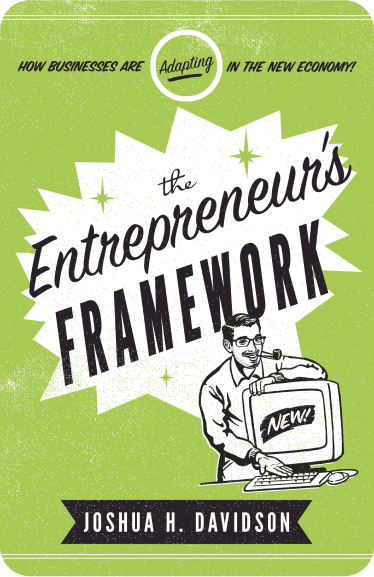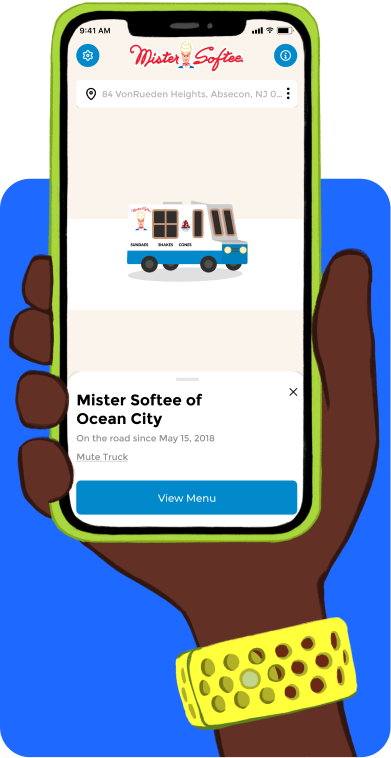If you’ve ever found yourself in a meeting that feels like it’s dragging on forever, you’re not alone. People across the board want to have more productive meetings. However, it’s quite a challenge to get there!
According to a 2012 study by the software company Wrike, the average worker spends 31 hours in meetings every month. Shockingly, nearly half of those meetings are considered unproductive.
As an entrepreneur, it’s important to make sure that the time you spend in meetings is productive and efficient. This is even more important if you have employees and regularly meet with clients.
After all, time is money! Here are five tips to help you make the most of your next meeting.
1. Define the Purpose of the Meeting
Every meeting should have a specific purpose. Is the goal of the meeting to brainstorm ideas for a new project? To update employees on recent changes within the company? To provide training on a new software system?
Knowing the purpose of the meeting will help you determine who needs to be in attendance and what needs to be accomplished.
This way, you can avoid wasting time with unnecessary small talk or tangents. We have all been in a meeting that feels like it drags on way too long. As well, if you are not leading the meeting, but are invited, stay on task.
Almost everyone has attended a meeting which drags on because someone brings up something that is completely unrelated. You do not want to be that person.
2. Send Out an Agenda Ahead of Time
Once you’ve determined the purpose of the meeting, put together an agenda and send it out to all attendees ahead of time. This will give everyone a chance to review any materials they need to look at prior to the meeting.
If you do this, attendees can come prepared with questions or comments. Having an agenda will also help keep the meeting on track—you can simply refer back to it if things start to stray off-topic.
If you are leading a meeting, especially with a large group, it is easy for things to get out of control. Having a written agenda that everyone knows about ahead of time can help you stay on track more easily. This leads to more productive meetings.
3. Keep It Small
The smaller the group, the more opportunity there is for discussion and collaboration—and less chance for things to get lost in translation. Also, if a group is too large, it is impossible for everyone to participate in a meaningful way.
If you don’t need someone’s input for a particular topic, or they have nothing to do with the topics being discussed, there’s no reason for them to be there. This is why structuring meetings so that only the needed people attend is critical.
While big meetings may seem more impressive, research has shown that smaller meetings lead to more productive outcomes. Having a smaller group allows for more focused discussions and a more equitable distribution of speaking time.
Of course, there may be times when a larger group is necessary for certain events or presentations, but in general, keeping meetings small can lead to better results.
So, the next time you’re planning a gathering, consider whether a smaller group might be more effective in achieving your goals. Ultimately, the size of the meeting shouldn’t determine its success – it’s the outcome that matters.
4. Build in Strategic Breaks for More Productive Meetings
Taking breaks may seem counterintuitive, but it can actually boost productivity and improve focus. In meetings, taking breaks encourages more dynamic discussions by giving attendees the chance to process and digest the information presented.
Breaks also give everyone a chance to stretch their legs and refocus their energy, making them more engaged in the meeting. Taking regular breaks can also help prevent burnout and reduce stress levels.
So next time you’re feeling like your meeting is dragging on, consider proposing a quick break for refreshments or a brief walk outside. Your colleagues will thank you for it!
But of course, be sure to stick to reasonable time limits and come back ready to discuss the business at hand. Overall, incorporating breaks into your workday routine can lead to more successful meetings and a more positive work environment. One of the benefits of this is more productive meetings.
5. Start and End On-time
Starting and ending meetings on time is more than just a courtesy – it can directly impact the productivity and effectiveness of your team. When people arrive late or leave early, valuable information may potentially be missed.
In fact, research has shown that starting and ending meetings punctually can save up to 7.5 hours in a one-month period.
Even more importantly, sticking to this schedule sends the message that attendees’ time is valued. So next time you have a meeting, set the expectation that it will start promptly and end at its designated time.
Not only will it improve team communication and collaboration, but it also shows respect for everyone’s time and effort. This can boost morale overall, which is powerful.
6. Follow Up Afterwards for More Productive Meetings in the Future
Following up after a meeting not only helps to keep everyone on the same page but also allows for more productive meetings in the future.
By sending a quick summary email or checking in with team members, you can ensure that tasks have been properly assigned and that any misunderstandings or missed information can be cleared up.
This not only streamlines the overall workflow but also builds trust among team members by showing that you are committed to following through on your responsibilities.
Plus, taking the time to follow up after a meeting shows respect for your teammates and their time spent in the discussion.
So next time you leave a meeting, make sure to follow up afterward and see how it impacts the productivity of future sessions.
Final Thoughts on How You Can Have More Productive Meetings
In order to have productive and meaningful meetings, it’s important to adhere to some basic ground rules. By doing things like:
- Sticking to a start and end time
- Taking breaks
- Keeping meetings as small as possible
You can also do things to better include others and make sure they are up to speed and on the same page. This includes sending out an agenda beforehand and checking in with people after, when appropriate. You can also email everyone a meeting summary.
By following these tips, your team can be more effective when meeting and avoid wasting time.
If you want to dive deeper into productivity hacks, take a look at our blog post on how to create an amazing schedule!
What do you think? How do you like to try and have more productive meetings? Comment below.
Since 2009, we have helped create 400+ next-generation apps for startups, Fortune 500s, growing businesses, and non-profits from around the globe. Think Partner, Not Agency.
Find us on social #MakeItAppn®

















